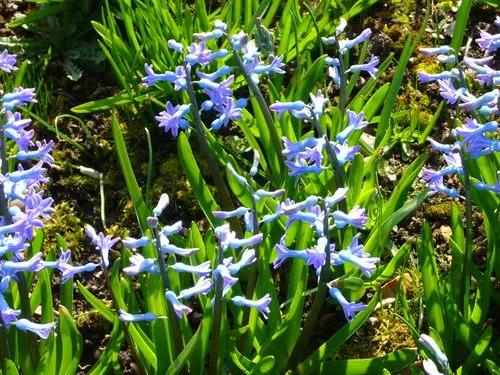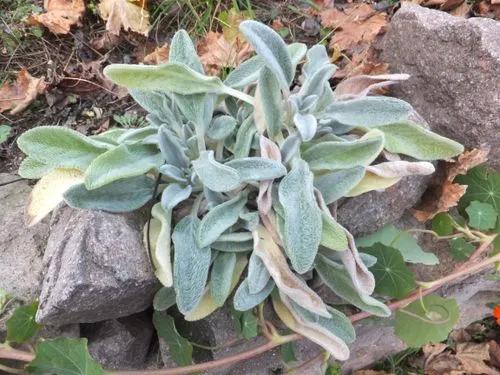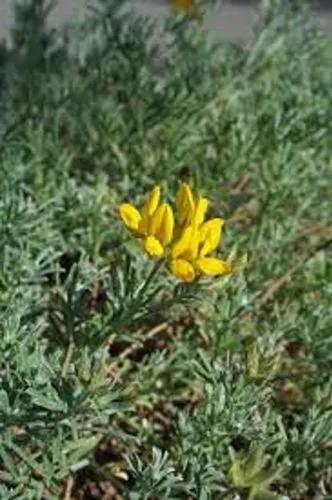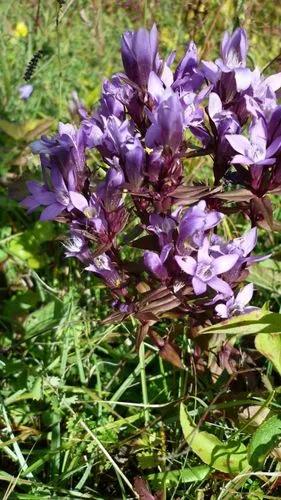Nepenthes enchants by unusual beauty and takes you to the uncommon world of a predatory and dangerous rainforest. There are two main species, those that grow in rock formations and those that grow in gullies.
Pitcher Plants Care
Nepenthes



Nepenthes (commonly known as Pitcher Plants) is a genus of amazing tropical carnivorous plants. Tropical Pitcher Plants are the most common types of Pitcher Plants, about 100 known species of which grow around the world, mostly in Southeast Asia.
How to Care for the Plant

Water

Watering should be regular, preferably through drainage holes. In the warm season, the substrate in the pot should be slightly damp all the time, and in winter, it should dry to a depth of 0.2 in (0.5 cm).

Pruning

In the spring, cut the leaves almost to the base.

Fertilizer

Pitcher Plants do not require constant fertilization. In rare cases, it is possible to feed the plant in the summer with ordinary flower fertilizer in small proportions and occasionally with insects in cold periods.

Sunlight

The plant needs bright diffused light such as southern or eastern window sills with shading in the midday hours.

Soil

For the substrate, buy soil for orchids from the store. If you prepare the soil yourself, mix three parts of leafy earth, two parts of peat, and one part of sand, adding a little charcoal.

Propagation

You can propagate Nepenthes with seeds, but cuttings are easier and faster - the upper part of the seedling is cut off with almost all the lower leaves with a disinfected knife. In both cases, it is necessary to plant in a peat mixture with coconut and moss fibers, covered with polyethylene, providing sufficient light and heat above 73 °F (23 °C).

Temperature

Mountain species feel good in the warm season at a temperature of 64-68 °F (18-20 °C) and in winter at 54-59 °F (12-15 °C). Plain Nepenthes prefer temperatures from 72-79 °F (22 to 26 °C) during the period of active growth and 61-68 °F (16-20 °C) in winter.

Container

Pots, hanging baskets for orchids, or planters with a diameter of at least 1.6 in (14 cm) are used as containers.

Fun fact

The name of the genus comes from the word “the herb of oblivion” in ancient Greek mythology.

Popularity

723 people already have this plant 212 people have added this plant to their wishlists
Discover more plants with the list below
Related articles






